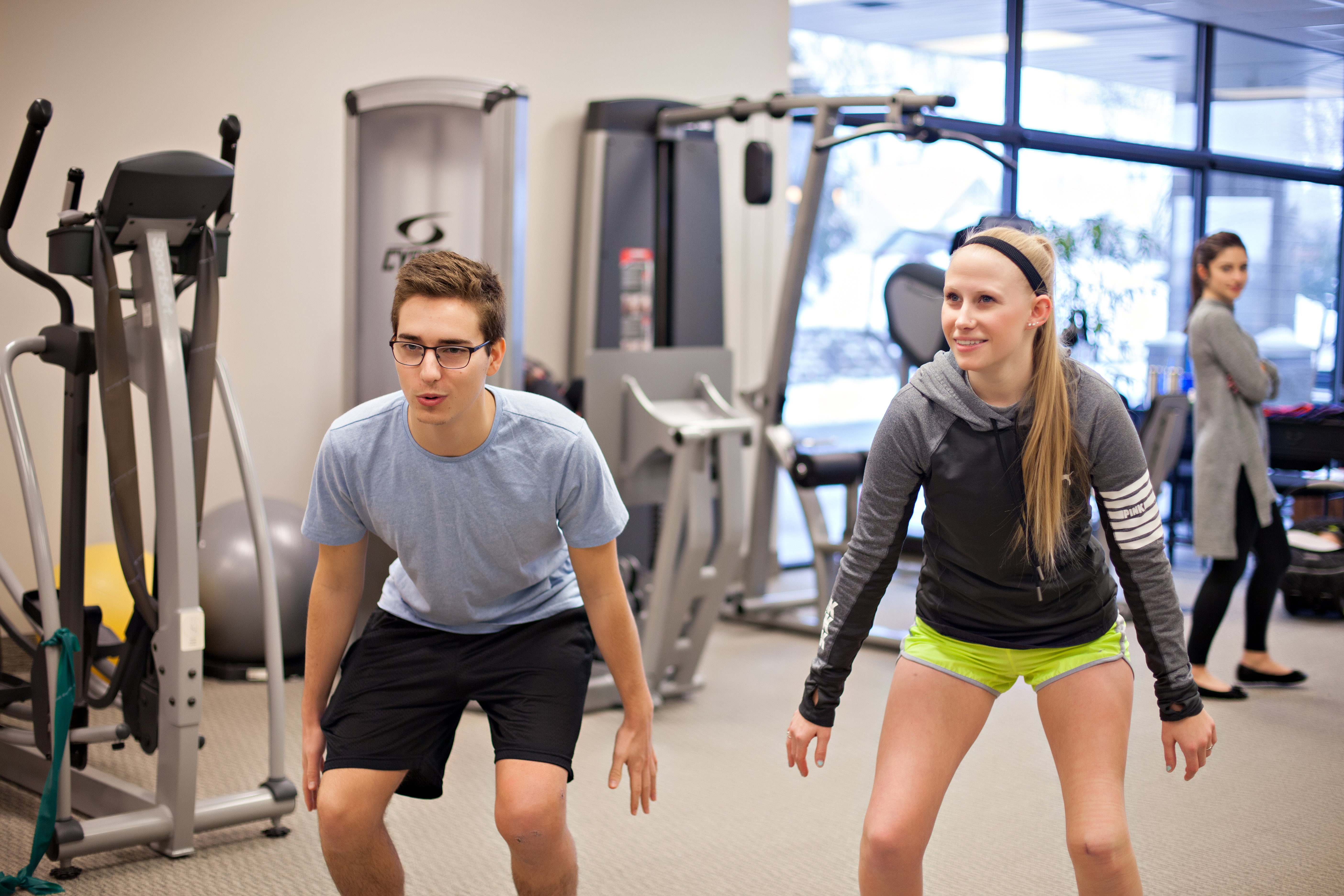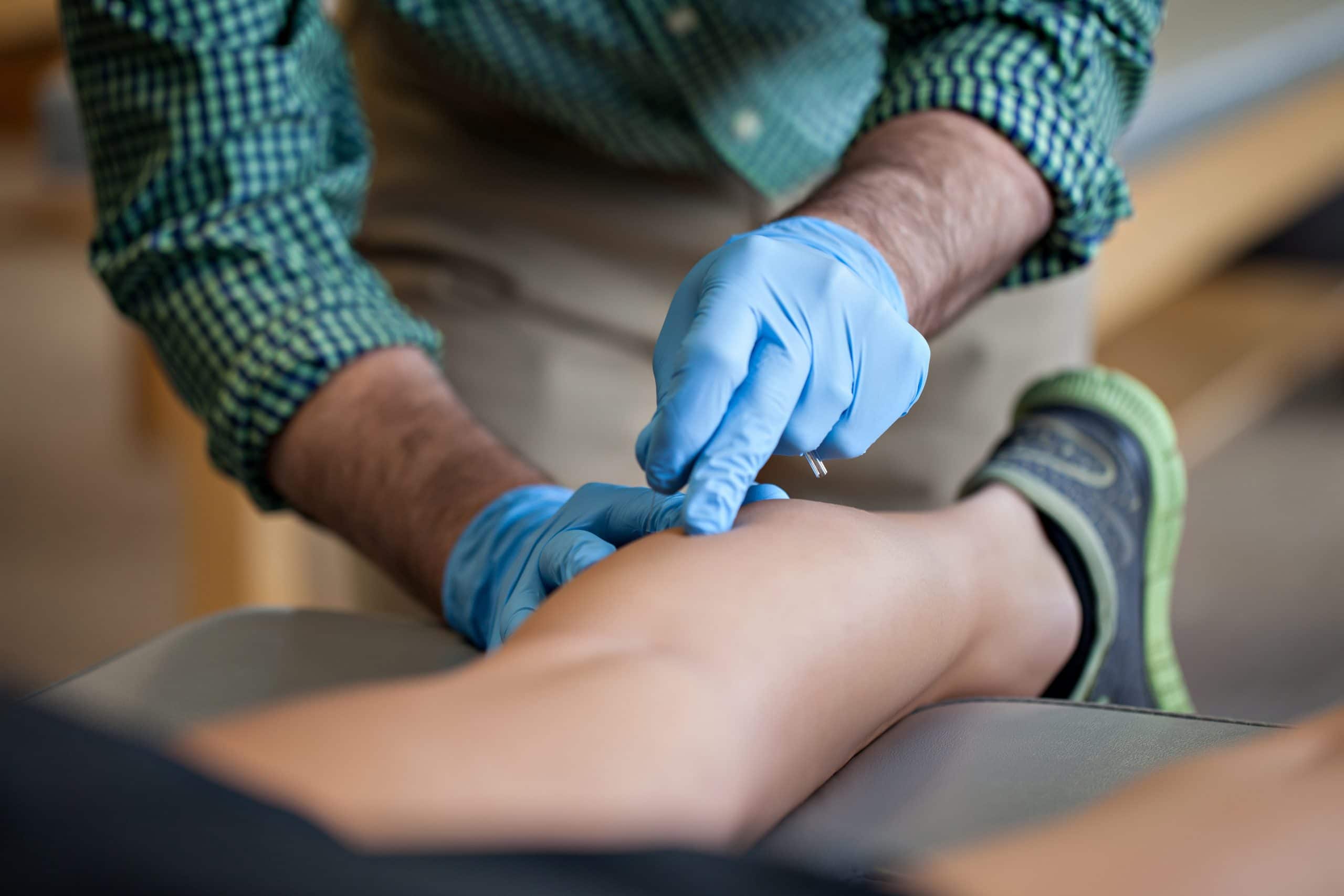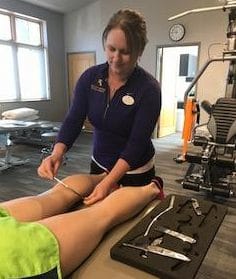Enhancing Sports Recovery with Physical Therapy
Typically Physical Therapy isn’t the first thing that comes to mind when you’re an athlete. The only time that probably happens is after a major injury when you are facing rehabilitation of a specific athletic type injury such as an ACL reconstruction or rotator cuff tear. However, professional athletes have been using physical therapist and their techniques to help in their performance and recovery for many years.
Athletes are not necessarily the healthiest of individuals. They can sustain a lot of trauma over their lifetime. The nature of sport and its repetitiveness puts an athlete at risk for micro trauma, which in turn could progress into something that majorly effects performance. A physical therapy evaluation can identify problem areas of the athlete that can be addressed before it becomes a problem. PTs are adept at studying biomechanics of throwing and running and can break down these movement patterns. We have the knowledge and can provide the athlete with a specific plan to make improvements or adjustments to heighten their performance.

Pain is another aspect athletes have to address. PTs have several tools at our disposal specifically designed to address pain. Dry Needling is one of those techniques that not only helps with pain, but also can speed up the recovery for an athlete after a heavy training session or during peak season. It’s quite effective at treating soft tissue contusions, strains and sprains. We are starting to see professional athletes that have a dry needling specialist on their team to help keep them in peak condition. A major benefit of using dry needling to enhance performance or treat pain is that it is drug free. Pain relieving medications can make an athlete lose connection with their body while dry needling does not.
The best way to treat an athlete is with prevention. Typically we see athletes power coming from the lumbo-pelvic region. Dry needling to hamstrings, hip flexors, quadriceps and the calf muscles can help improve flexibility and relieve muscle tension, speeding up recovery time. Overhand athletes such as baseball pitchers could benefit as well. If the athlete can recover faster, they can get back to training faster. It makes sense that professional athletes are seeking out this kind of treatment in order to achieve peak performance.

Instrument assisted soft tissue mobilization (IASTM) is another technique that can be effective in treating delayed on set muscle soreness that comes from training or after a game. Active Release Technique (ART) is another treatment approach that can be very helpful and efficient in improving flexibility or joint stiffness following competition. Cupping, electric muscle stimulation, taping and vasopneumatic compression are also PT modalities that can be helpful at getting an athlete back to competing.

We at Hulst Jepsen work closely with Athletic Trainers and Coaches and know the importance of timeliness in appointment times, schedules and the limited availability typically seen when treating athletes. We understand it’s no fun sitting on the sidelines and will do everything we can to get the athlete back in the game! Call any of our 14 convenient locations to begin your recovery today!
